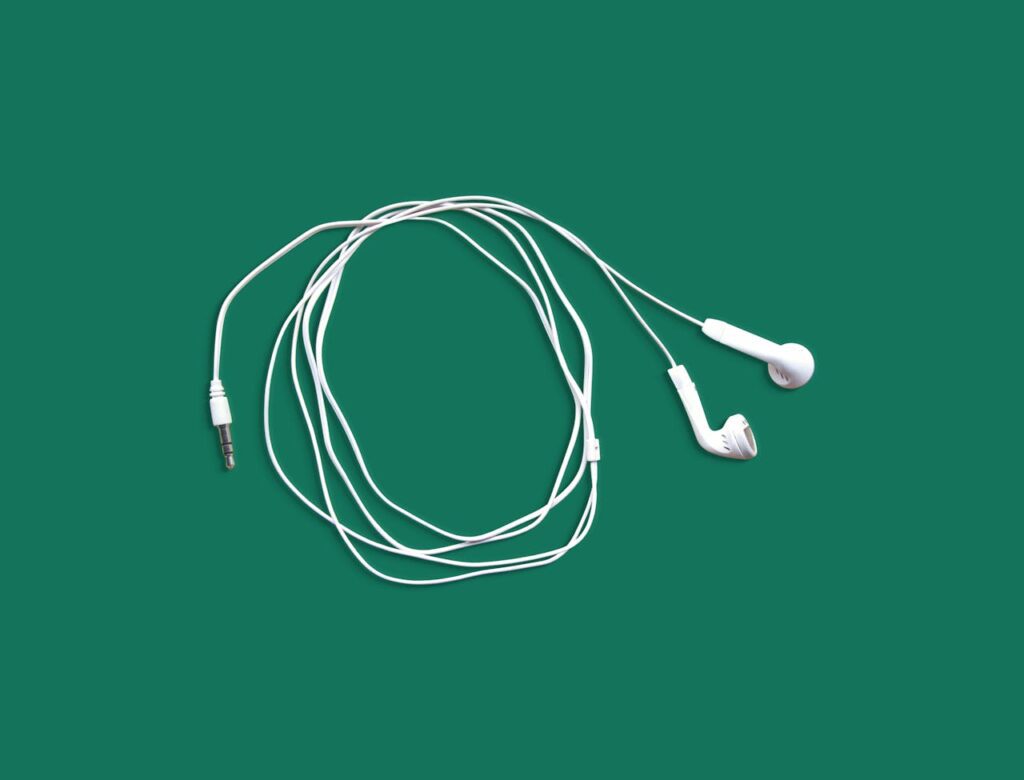Music has a unique way of shaping our emotions. Songs can bring back memories, set a mood, and even shift how we feel. Playing music to feel better is nothing new, but sometimes when we’re overwhelmed or anxious, picking the ‘right’ song can feel impossible. If you’ve ever felt like an overly happy song only made you feel worse when you were in a bad mood, you’re not alone. One great way to use music as an emotional regulation tool is to start where you are emotionally and gradually transition to where you want to be. This is where the emotional regulation playlist comes in.
What Is an Emotional Regulation Playlist and How Can It Help You?
An emotional regulation playlist is a carefully curated list of songs designed to guide your emotions from where they are currently, whether that’s anger, sadness, or anxiety, to a more desired emotional state, such as calm, content, or energetic.
Rather than jumping straight to uplifting music when feeling low, this playlist starts with music that reflects your current mood. As the playlist progresses, the music gradually shifts in tone, tempo, and intensity, leading you toward a more positive or balanced state. You can create this playlist on your preferred listening platform, making it easy to access whenever you need it.
Using DBT Techniques to Build an Effective Playlist
Therapists often use structured techniques to help clients regulate emotions, and the emotional regulation playlist is a music therapy approach rooted in Dialectical Behavior Therapy (DBT). DBT emphasizes mindfulness, distress tolerance, emotional regulation, and interpersonal effectiveness. Within this framework are skills to increase awareness of our emotional states, and help manage them.
Understanding DBT
The term ‘Dialectics’ refers to a process of arriving at some form of truth among contradictory or opposing viewpoints. DBT often focuses on the conflicting feelings we sometimes hold simultaneously. For example, it can be important to validate negative feelings while also avoiding getting too stuck in them, to the point where they become ruminations. Finding a balance between validation and redirection can be a really effective way to process strong emotions, and help us appreciate the contradictions we often hold in our lives.
The emotional regulation playlist aims to do just this. Perhaps the specific aim is to express anger through some hard-hitting and intense music, then gradually bring you to a more calm and peaceful mood. Or maybe after a tough breakup you opt to start with songs about heartbreak, then transition into empowering songs with lyrics about resilience, self-worth, and independence. You can make it your own using songs that resonate with you and what you’re experiencing.

Building Distress Tolerance and Emotional Regulation skills
There are several DBT concepts aimed at skill building when it comes to emotional regulation. Building an emotional regulation playlist incorporates some of the following strategies.
STOP Skill
STOP—An acronym for Stop, Take a Step Back, Observe, and Proceed Mindfully—is a DBT technique for preventing impulsive reactions during tense situations. It is a reminder to pause, reflect, and shift emotions before tackling the problem at hand. When overwhelming feelings arise, stopping to listen to music can be grounding, give you time to observe the problem, and help you transition to a calmer state before making decisions.
Coping Ahead
Coping Ahead in DBT involves preparing for emotional challenges before they happen. Creating an emotional regulation playlist in advance is one tool you can have ready when tough emotions arise. By creating a plan for self-soothing and emotional regulation ahead of time, you increase your ability to effectively cope with challenges. Thinking proactively and developing a structured, familiar process for emotional regulation can help you feel more prepared for whatever comes your way.
How to Create Your Emotional Regulation Playlist
1: Identify Emotions
Think about how you’re feeling right now, or a strong emotion you often find yourself in. Are you feeling sad, anxious, frustrated, numb? Identifying the emotional state will help you choose the right opening songs. Try to identify the feeling without rationalizing it. It can help to reflect on what caused the feeling, but to start, the aim is to just name it.
Then think about how you want to be feeling. Do you want to be hyped up, motivated? Or is it your goal to get to a calm and peaceful state? This will be the ending point of the playlist.
2: Select Songs That Match Your Mood
Start your playlist with songs that reflect that feeling. If you’re feeling sad, slower and melancholic songs might be a good fit. If you’re feeling anxious, maybe try something busy and complex, with a lot of different parts to it. You know best! Take a moment to reflect on what memories these songs bring up for you. Start with one or two songs, but feel free to add more if many come to mind. What songs best capture where you’re at?
3: Transition Toward Desired Mood
The first few songs are there to validate emotions, next is to start thinking about the transition. Maybe that’s something slightly more uplifting or calming. This should be a gradual shift. Perhaps find a song that’s a bit faster, or slower, or something a little less emotionally charged. At this point the goal is to incorporate songs that start to lead you toward your desired emotional state.
4: End with Your Goal
Finish your playlist with music that embodies the mood you want to achieve. It could end with calm, soothing songs, energizing, fast-paced, happy music, or maybe a song with lyrics that just hit you with a reassuring message. Totally up to you!
Making It Your Own
People experience emotions differently, so try experimenting with your playlist. Remember that this playlist is for you. No song is off limits. What matters is your connection with the music and how the songs make you feel. It can be kept private, or shared. You might find that certain genres or tempos work better for you than others. And you may have favorite songs that always provide comfort when you need them. Five or six songs can be a good starting place but try adjusting the length based on what feels right to you.
Final Thoughts
Music is a great tool for emotional regulation, and creating a playlist that meets you where you are emotionally is just one way to make the most of it. But music therapy goes beyond just listening. Music therapists use music with intention, drawing from psychotherapeutic frameworks to develop personalized interventions to address specific mental health needs and individual goals. Through songwriting, improvisation, guided listening, or other creative projects, music therapists tailor their approach to each person, helping them explore emotions, build coping skills, and express themselves. Music therapy is about the process, not the product. Working with a music therapist can open up new possibilities for creativity, healing, and self-discovery, regardless of your music ability or training.
If you’re struggling with overwhelming feelings, try an emotional regulation playlist. Take the time to honor your feelings and remember change doesn’t come from a place of judgement.
Additional Resources
Dialectical Behavior Therapy: DBT Skills, Worksheets, Videos
Fact Sheet: Music Therapy for Mental Health
